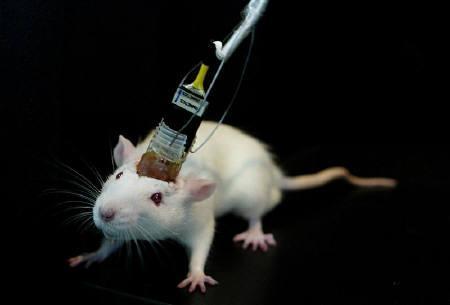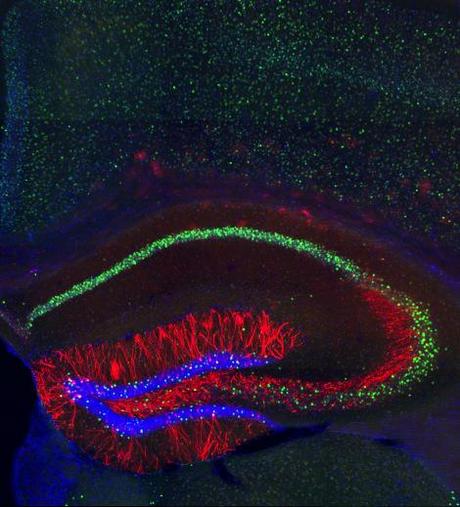In a mind-control experiment that demonstrates the strengths of new neuroscience tools, Massachusetts Institute of Technology researchers planted a false memory in the mind of a mouse.
Susumu Tonagawa, a neuroscientist at the Massachusetts Institute of Technology and his team used a technique known as optogenetics, which allows the fine control of individual brain cells. They engineered brain cells in the mouse hippocampus, a part of the brain known to be involved in forming memories, to express the gene for a protein called channelrhodopsin.

Researchers triggered specific brain cells with light. Then they were able to make the mouse recall something that had never occurred—having its foot painfully zapped when in the familiar red chamber—and react in fear exactly like it would have in response to a real memory.

Aye, when it comes to animals, the experiments are never nice.
The study, published Thursday in the journal Science, also provides further evidence that memories are stored in networks of neurons that form memory traces for each experience we have — a phenomenon that Tonegawa’s lab first demonstrated last year.
“Whether it’s a false or genuine memory, the brain’s neural mechanism underlying the recall of the memory is the same,” says Susumu Tonegawa.
Scientists hope the work will lead to new insights into how memories are shaped and help them delve deeper into of one of the most difficult and troubling aspects of human memory—its unreliability.
I think it’s time to ready our aluminum foil hats.
N.

